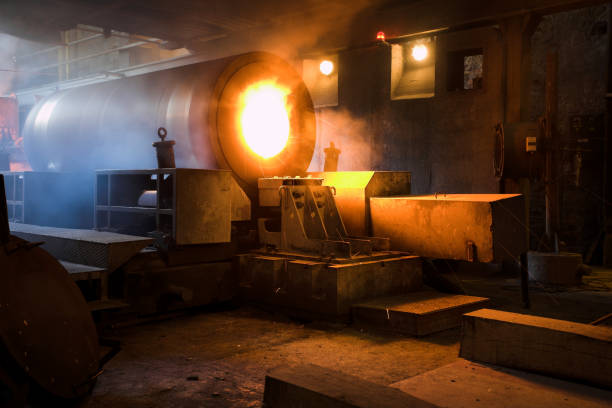What is pet molding process

Pet Molding: A Key Manufacturing Method Introduction to Pet Molding Tanveer Engineering Pet Molding is a common process in manufacturing. It is also known as Polyethylene Terephthalate (PET) molding. Industries use it when they need parts that are exact and strong. The process shapes PET plastic using molds. PET is a plastic used to make bottles and containers. It is strong, clear, and resists damage. This makes it good for many uses. What is Pet Molding? Tanveer Engineering Pet Molding makes products from PET plastic. The process melts PET resin. Then, it injects or blows the melted plastic into a mold. This forms the desired shape. There are two main types: injection molding and blow molding. Injection molding makes solid parts like containers. Blow molding makes hollow items like bottles. Applications of Pet Molding Pet Molding is helpful in many industries. Its common uses include: Packaging: PET bottles are used for food, drinks, and personal ca...





